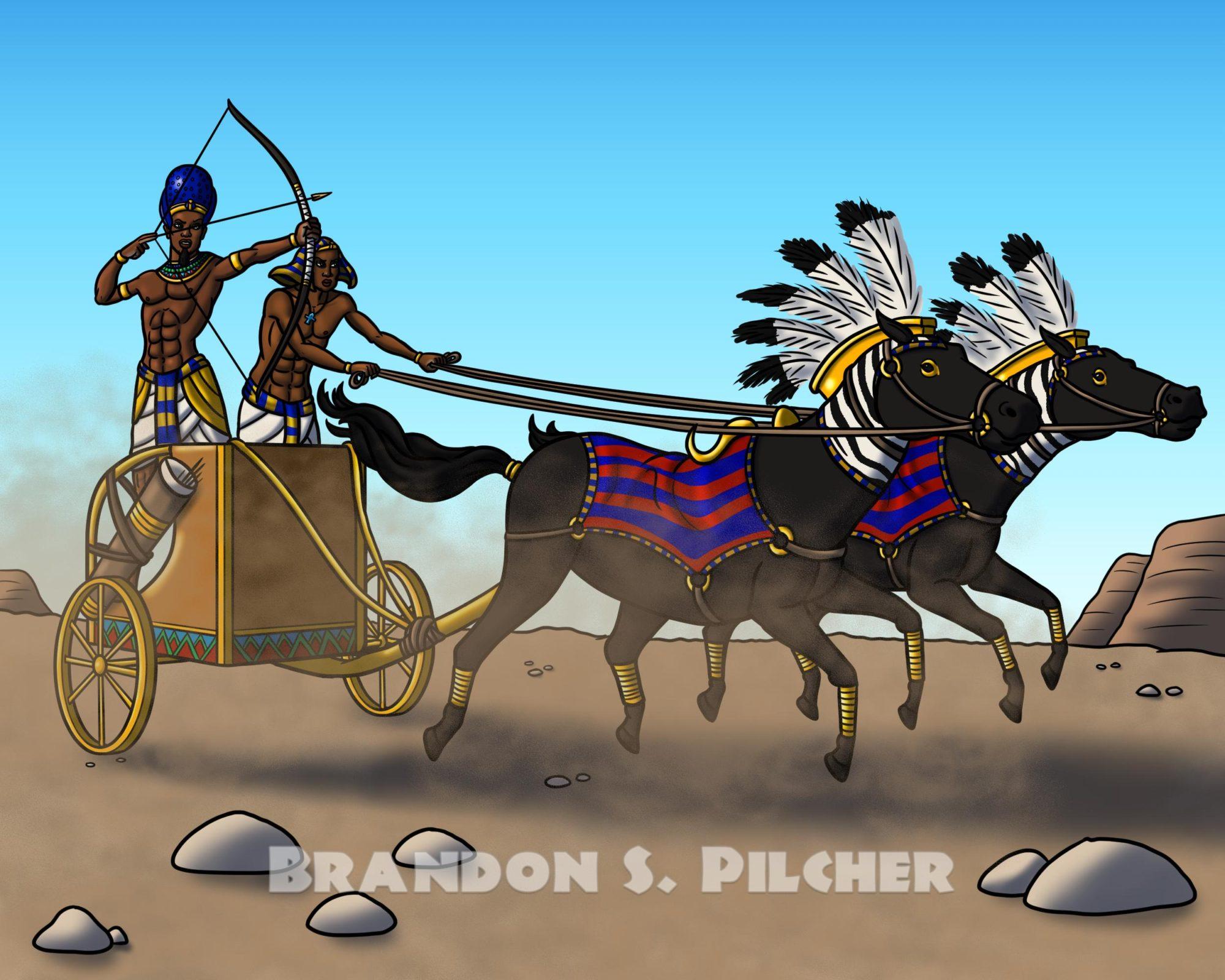
800 AD, in a parallel world…
A thumb of stone stuck up higher than a man from the forest floor. Halawa would have thought little of the outcropping had her companion, the old mawlawi Ishraq, thrust his finger at it while whistling for her attention.
“Look at it closely,” he said. “Do you not see the inscriptions?”
Halawa leaned her head toward the monolith and squinted where Ishraq pointed. Through the mossy crust which had grown over the course of centuries, she could indeed make out lines indented in its surface. After she dismounted her stripe-legged horse and approached the stone on foot, she used her scimitar to clear away the moss, exposing the eroded inscriptions underneath.
Some were strings of unintelligible symbols of circles, crescents, and notches, which Halawa guessed represented some ancient language. What she could recognize was the larger illustration chiseled into the rock above the rows of text, with scattered flecks of red paint clinging to it. It was a creature with the wings of a bat, the taloned legs of an eagle, and the sinuous tail and neck of a serpent, with the horned lizard-like head bearing sharp teeth in its gaping jaws. A sphere of amber embedded in the rock winked from where the beast’s eye would be, making Halawa’s dark brown skin creep over her body.
“The Red Dragon of the Brythons,” Halawa said under her breath. “Does this mean we’re nearby?”
“If the old map doesn’t deceive, Amira, then of course,” Ishraq said. “Keep your eyes out while we press on. The barrow could be anywhere around here.”
Continue reading “Barrow of the Grail”
